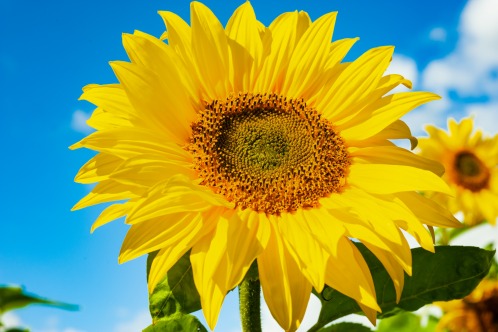Gardening Tips from Three North East Experts
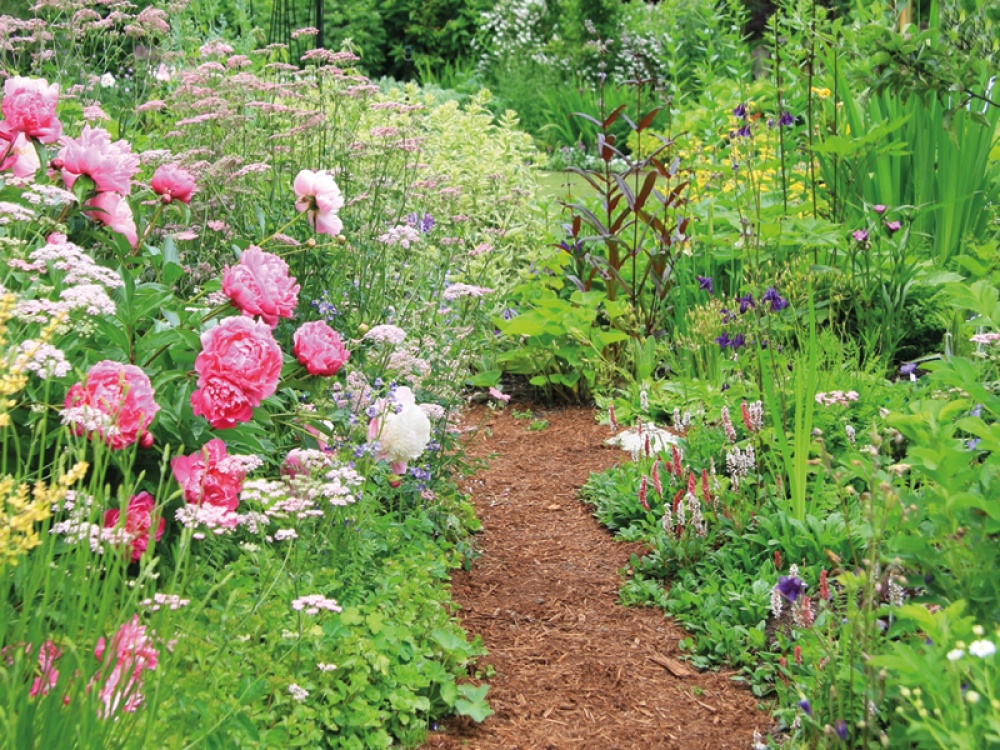
Looking for simple ways to spruce up your outside space, or wondering how to approach a total revamp?
–The Garden Designer –
Paul Johnson Garden Design
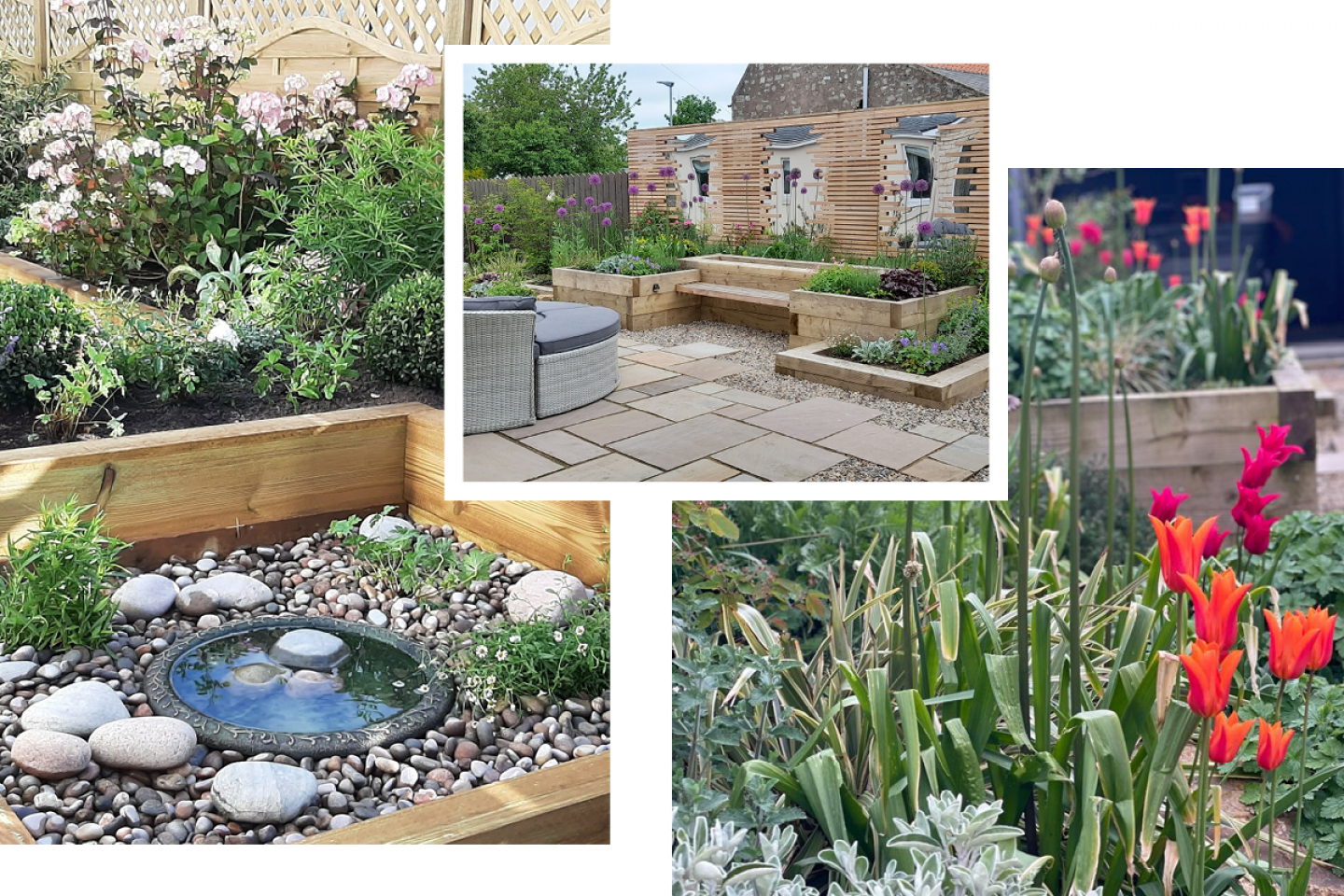
What are the benefits of going to a garden designer (as opposed to trying DIY)?
The benefits of entrusting your garden to a designer are multifold. First and foremost, they bring a blend of expertise in gardening and spatial design: a garden designer will source and select the best trees, shrubs and perennials for the conditions in your garden, they can advise you on the right balance of hard and soft landscaping for your individual needs and they can inject some vital creativity into your space. Then there are the logistical advantages. Designers can create a masterplan for your outdoor space, giving you the option of completing it all at once or in stages to manage costs. As well as having the right contacts, a garden designer can save you the stress of managing contractors, suppliers and deliveries.
Do you have a favourite garden trend at the moment?
Trends are led by necessity, and the most pressing issue at the moment is the change in our climate. With this in mind, gardens need to be designed to tolerate extremes, using plants that can persist in both dry and wet gardens as well as materials that can endure changing temperatures. We’re also very conscious of sustainability and limiting the environmental impact of the gardens we design. This means that we look to local sources for materials, and try to limit waste.
Do you have any advice for small spaces?
It might seem like a small space would be simpler to design, but if anything we find that they can be tricker. Understandably, people want to make the most of their outdoor spaces and often have the same wish-list as you would expect form a larger garden. From a design perspective, this means that every inch of the garden has to work twice as hard!
07504 903078
pauljohnsongardendesign.co.uk
–The Plant Connoisseurs –
Cowell's Garden Centre
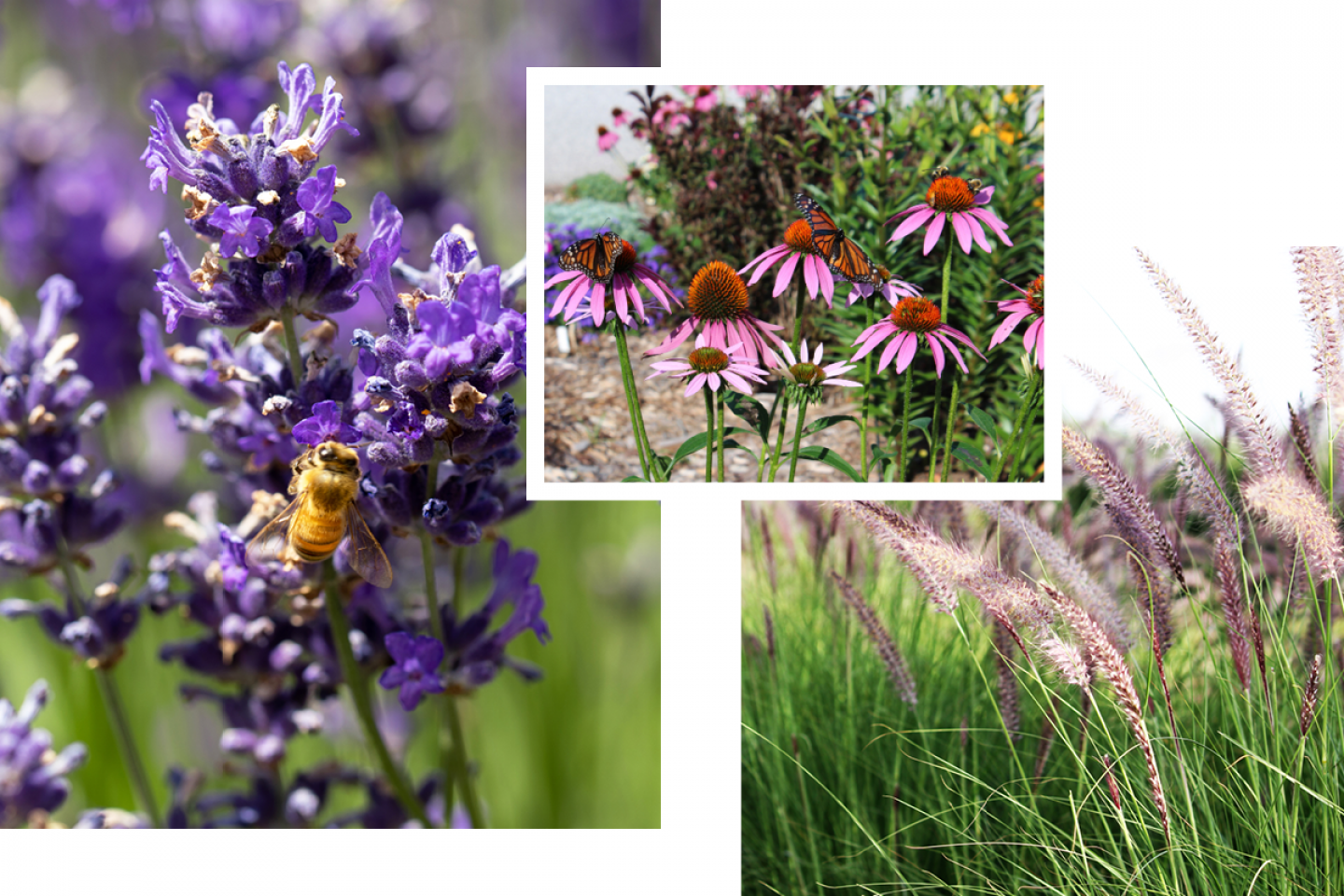
Can you recommend any plants which will add colour and interest to a border year-round?
The best plants for season-round interest will vary depending on the style and structure of your garden, but grasses such as Miscanthus and Stipa provide large, soft flower spikes through the summer, gorgeous colours in the autumn and season-round structure. Flowering plants such as Scabious, Erysimum, Penstemon and Astrantia provide flowers from May to September. You then have flowering evergreens such as Garrya, Mahonia and Rhododendron which have attractive shaped foliage and bursts of flower in seasons when the rest of the garden lays dormant.
What are the most important tools to have in your shed?
For me, I would always say a good, strong garden fork and a trusty trowel serve all digging and planting tasks, coupled with a good, sharp, well-maintained pair of secateurs. Pricing can vary greatly with brand, but I tend to always stick with a good middle of the range pair like Darlac.
What’s the easiest way to brighten up an outdoor space?
Flowers that bloom season-long in hot shades tends to brighten warm, open spaces whereas small, dark gardens are often best brightened with whites and creams to give you the maximum amount of interest. Ensuring your planting has a repeating succession (so that there’s always something in bloom) is also important, as is integrating stylish additions like arbours.
How do I choose which plants to put in which areas of my garden?
The best way is to assess your garden first by viewing it over the course of a day or, ideally, a whole season. This will allow you to assess factors like light levels, how wet/dry your soil can get depending on weather fluctuations and how windy the site is. Equipped with this information, you can call into to a local garden centre like Cowell’s and ask our expert staff for advice or, failing this, the internet is a great source of information. As a starting point, the RHS website is a great place to research moisture-loving plants, as well as plants for dry or shady conditions.
Can you recommend any plants which will encourage wildlife into my garden?
There are so many wonderful varieties now which are pollinator friendly: Echinacea, Mahonia, Rudbeckia, lavender, fennel – the list goes on! Plants which produce fruit are great for birds, for example, Pyracantha, holly and honeysuckle to name a few. You then get plants such as the grasses, Miscanthus, Stipa etc which provide fantastic habitats for wintering insects in their oat-coloured stems.
0191 286 3403
cowellsgc.co.uk
–The Spa Specialists –
The Hot Tub Warehouse
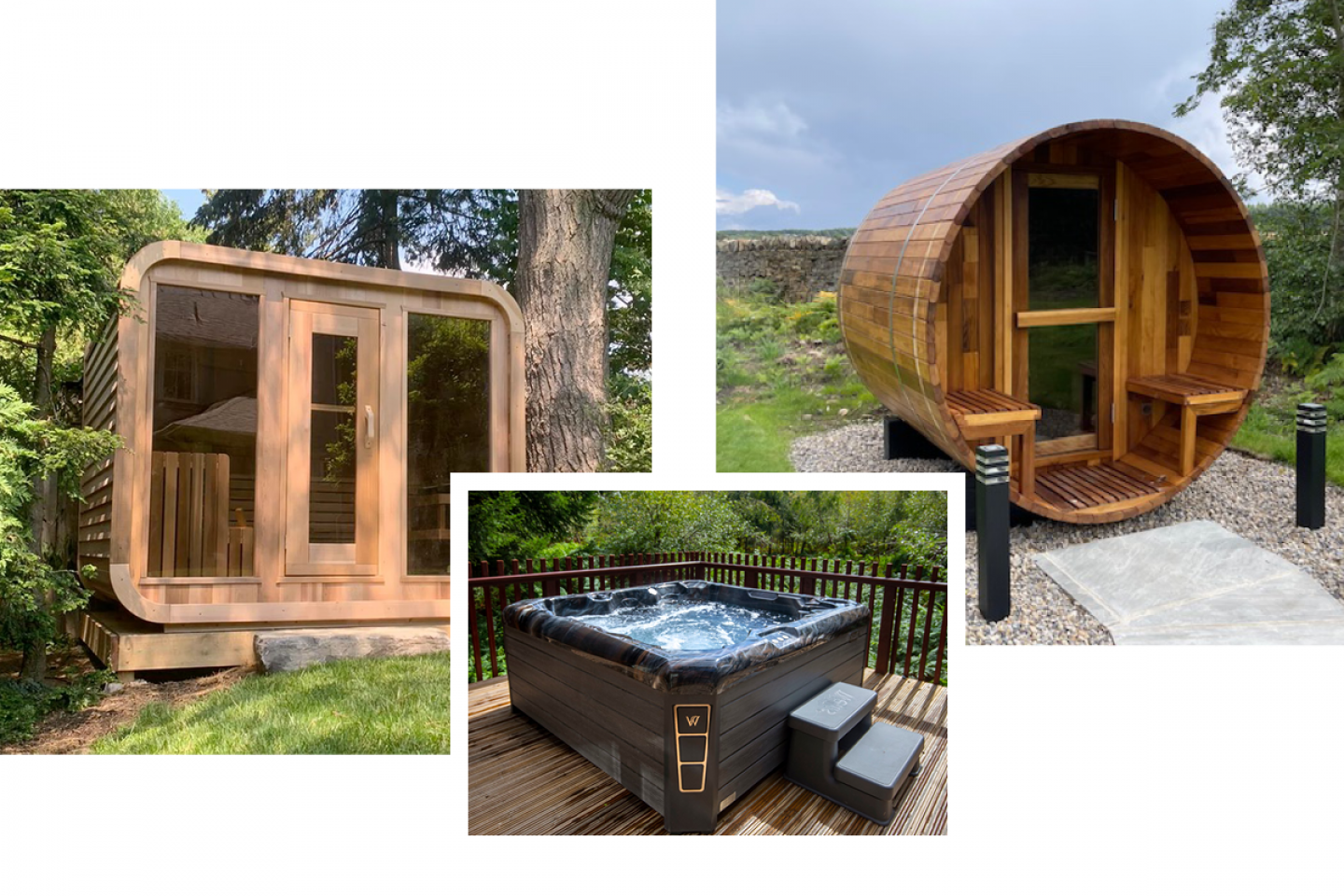
How do I prepare my garden for a hot tub or outdoor sauna? What do I need?
Preparation for your new hot tub or sauna is a doddle! The only things you need are a stable, flat surface for the hot tub or sauna to sit on, a suitable electricity supply and clear access to your garden for delivery. It’s worth noting that there are no requirements to have a connected supply of water – a garden hose will suffice!
How much maintenance is involved in having a hot tub?
Maintenance is really simple, and we provide customers with full training when we install a hot tub, but here’s a breakdown of what you’ll need to do:
• Check your water quality each day using high quality test strips.
• Dose a sanitiser such as chlorine granules into your tub after each use.
• Clean your filter each week – a dirty filter means dirty water!
• Deep cleanse your filter for 24 hours once a month (the easiest thing is to keep a spare to alternate with while you’re doing this).
• Drain your tub and clean all surfaces every three months (only four times per year).
• It is definitely worth booking in an annual service and electrical safety check to keep your tub in pristine working condition.
What are the advantages of a cedar wood sauna?
Cedar wood is known for its durability and resistance to rot. Additionally, saunas made from cedar wood provide a pleasant aroma and excellent insulation, making them a popular choice for outdoor saunas. The actual health benefits of a sauna are, of course, multifold.
You also offer a range of swim spas and ice baths, are these suitable for private gardens?
Ice baths which are becoming so popular are a great in any garden as they come with a their own weatherproof cover, as are all of our swim spas (both single and dual zone) provided you have the room, and they range from four to a fabulous eight metres long!













